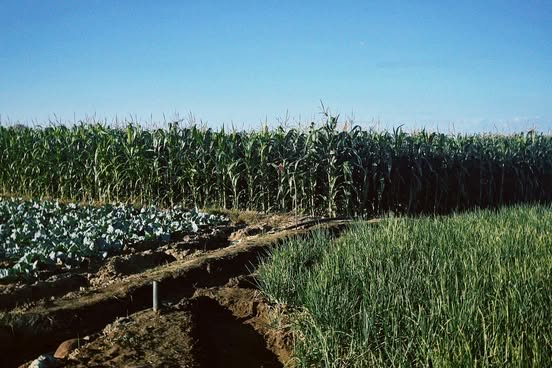Strengthening the Philippines for a Safer Future
The Philippines is prone to natural disasters like typhoons, earthquakes, and volcanic eruptions because of its location. These disasters, combined with poverty and weak infrastructure, make it hard for many communities to recover quickly. The impact can be devastating, causing loss of lives, homes, and jobs. The government also faces challenges in responding effectively to these disasters. Understanding these problems is key to building a stronger, more resilient country that can better protect its people. To help communities prepare and respond to disasters, the government and organizations have set up programs. These include early warning systems, training in disaster preparedness, and building stronger, safer infrastructure. For example, flood control projects and earthquake-resistant buildings are being developed to reduce damage. There are also social programs to support those most affected. Providing training for officials, ensuring transparency, and promoting local community initiatives are also important steps to improve disaster response and protection for citizens.
However, there are still challenges. Not all regions get equal access to resources, and corruption in some government areas slows progress. Climate change is also making natural disasters more frequent, putting extra pressure on the country. To overcome these challenges, the Philippines needs better governance, equal access to resources, and a shared effort to build a stronger, safer future for everyone.
Reference:

.jpg)



this is really inspiring to read keep it down\
ReplyDelete